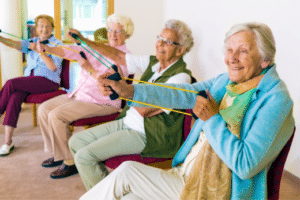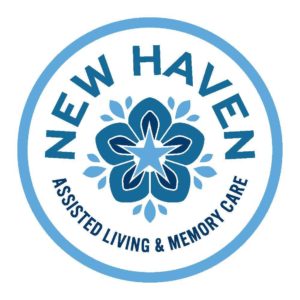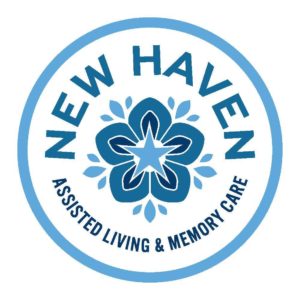
Benefits of Exercise for Seniors
There are many important aspects of caring for senior citizens, such as proper nutrition and socialization. One of the most important aspects of caring for
Assisted Living & Memory Care

There are many important aspects of caring for senior citizens, such as proper nutrition and socialization. One of the most important aspects of caring for

FOR IMMEDIATE RELEASE New Haven Kyle Welcomes New Executive Director January 3, 2022 – Kyle, Texas – New Haven Assisted Living and Dementia Care –

Finding an assisted living community to meet the needs of your aging loved one requires research, legwork, and lots of discussion. It’s not a choice

Holiday Depression and Older Adults The holidays can be an exciting and joyful time for many people – decorating the tree, shopping for gifts, attending

FOR IMMEDIATE RELEASE New Haven Donates to Local Food Pantries November 9, 2021 – New Haven Donates to Local Food Pantries. As the holidays approach,
FOR IMMEDIATE RELEASE New Haven San Angelo Celebrates Grand Re-Opening September 6, 2021 – San Angelo, Texas – New Haven San Angelo Celebrates Re-Opening. New

FOR IMMEDIATE RELEASE NEW HAVEN ASSISTED BASTOP BRINGS IN NEW LEADERSHIP July 26, 2021, Bastrop, Texas – New Haven Assisted Living and Dementia Care is

Why should we celebrate Independence? Everyone values the ability to be independent and stay active. Although age and health related barriers can get in the